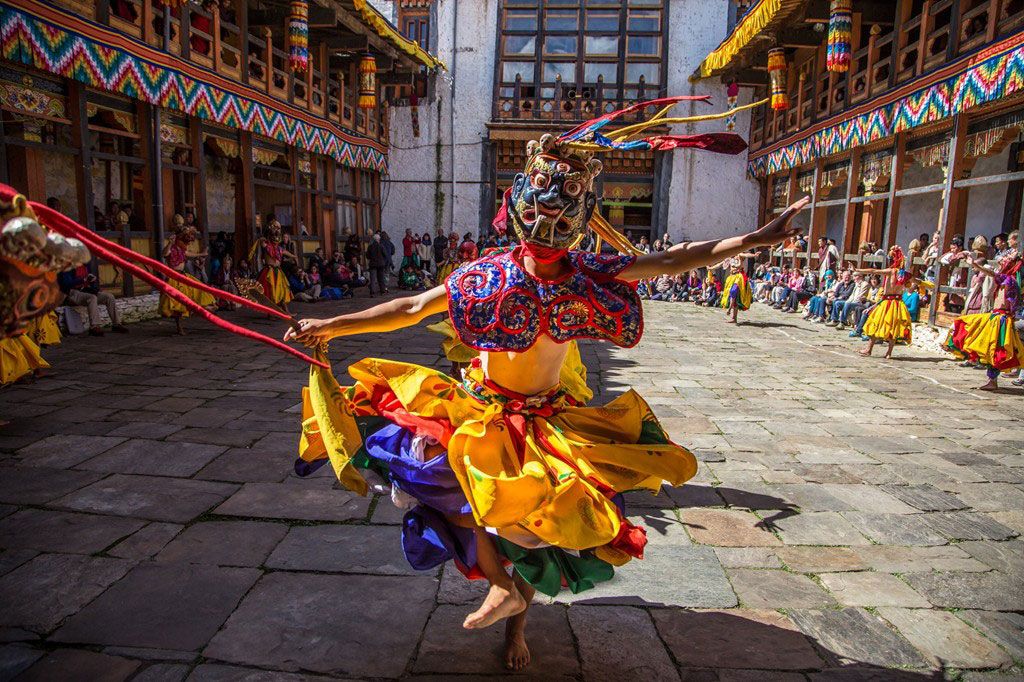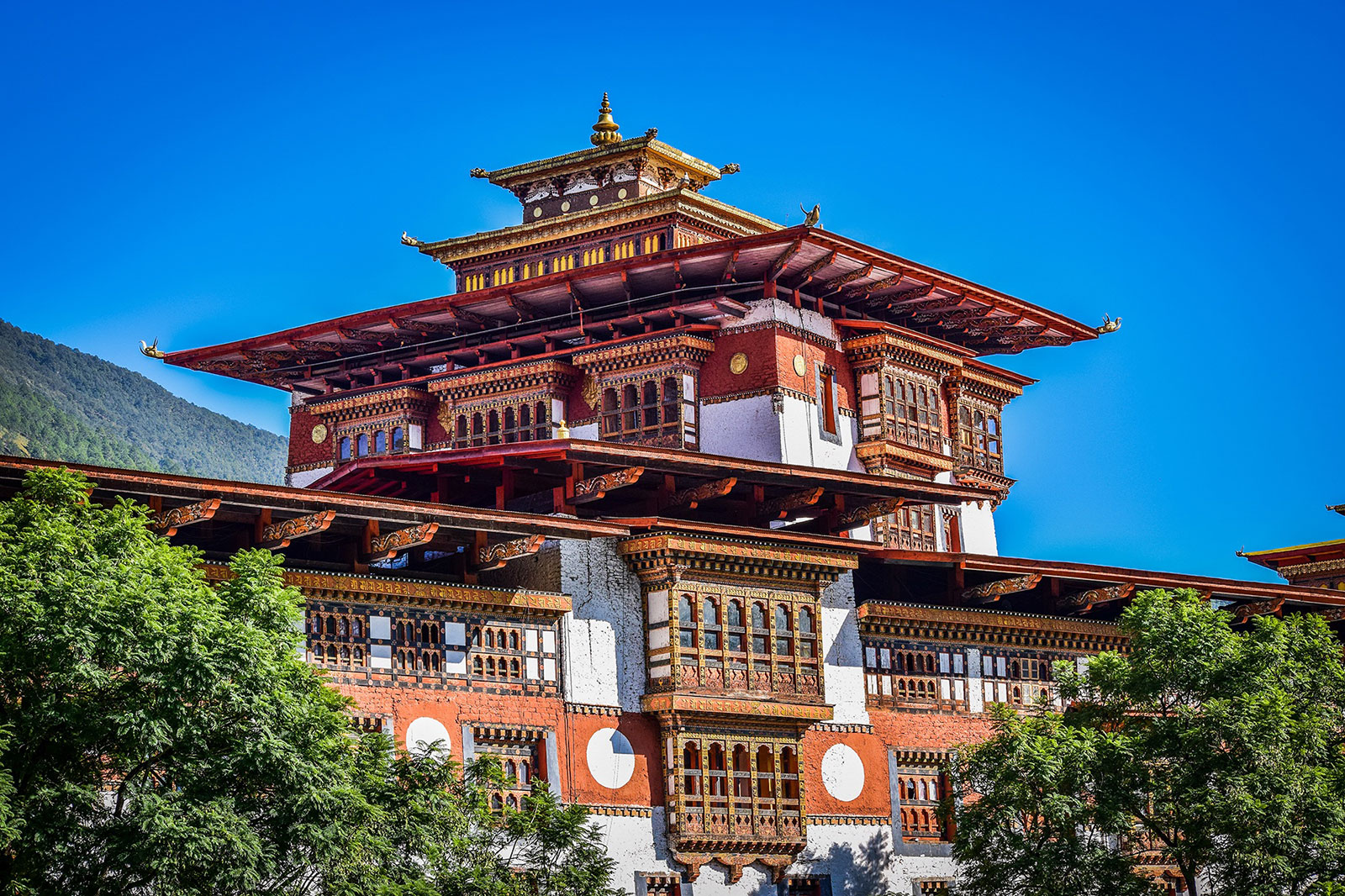Mystic trek along mystic lakes in Bhutan .“What Bhutan’s Dagala thousand lakes trek has to offer to make your trip memorable”
Dagala, a small and serene mountainous village is untouched by modernization. The nomads are the main inhabitants with no permanent structures and houses because their traditional herding compels them to spend a few summer months in the mountains and later migrate to Chamgang and Ngabiphu in Thimphu, Chapcha in Chukha, Gaselo in Wangduephodrang and Dagana districts. They may have temporary structures in the mountains but they own permanent houses in the low lands, which shows how nomads take advantage of the changing climatic conditions in the small Himalayan Kingdom of Bhutan.
Dagala scans across different districts with different climatic conditions, and offers to those who walk through it a sense of being at different places.
Popularly known as the Dagala thousand lakes, numerous water bodies are said to reside among these mountains. But are there really a thousand lakes?
The journey began, by foot, from Geneyzampa in Genekha village under Thimphu. It’s about a 45-minute drive from the confluence at Chuzom.
Even though the land does not yield paddy in Genekha, the lush forest has wealth to offer to its villagers. The whole monsoon season, villagers are busy harvesting Sangay shamu(Matsutake mushroom).
Gado, a villager, said they earn a maximum of Nu 10,000 a week from the mushroom, and that they collect it at least thrice a week.
Since 15, Gado has been travelling across Dagala with horses. As a horseman for the tourists, Gado said that the most difficult part of the trek is the unbearable weather in winter. “Without shelter and grasses, horses become very weak, and some even die along the route,” said.
After about five hours walking from Geneyzam is a place, Gur, where tourists usually camp. It comes into view like an unsullied grass meadow, encircled with sub-alpine trees. Different species of mushrooms grow everywhere around the place.
After halting for the night in Gur, the next destination is Labatama, where trekkers enter a completely different vegetation zone. As the trekkers gradually climb, trees start declining in numbers.
Following a few hours of climbing towards Khepchen, the first sight that greets the eyes is of the gorgeous Jomolhari peak in Paro, along with other smaller peaks.
Dongkala temple in Paro can be viewed throughout the route from Gur to Panka.
A senior guide explained that Paro Dongkala and Kekila in Bumthang are on the same plane and that one can be seen from the other.
“It bears a historic significance,” said the guide, while travelling from Gur towards Labatama, the next campsite.
“Dongkala and Kekila were used to send smoke messages during the second King’s time,” he said. “It was a means of communication between the second King and the Paro penlop, Tshering Penjor.”
The Paro penlop used to send his messenger to Dongkala to emit smoke from the fire, and the same thing would be done from Kekila in Bumthang. “This meant that everything was fine in both Paro and Bumthang,” explained the guide.
One day, the smoke did not come out from Dongkala. So the second king sent his son, the third King, to Paro. Upon his arrival at Paro, the penlop was found ill and soon passed away.
“Thereafter, the future third King assumed the post of Paro penlop,” he said.
While the conversation swung from history to myth, love, humour, politics and all in between, talk subsided as the altitude gained 4,000m plus, and the air became thinner and colder.
Often, it is here that trekkers start to get headaches and feel nausea. And as some from the group experienced it, guides who’ve been in such situations, made recommendations to cover the forehead and eyes. “It protects you from the wind,” one said. “If it becomes severe, garlic is recommended.”
It was an ascending journey right from Gur and, after a certain point, trees were nowhere to be found. Hundreds of yaks foraged the dwarf plants that spread all over the highlands.
The uphill climb was wearing out everyone and, when the tiring day came to end with Pagalabtsa in sight, the trekkers heaved a sigh of relief and contentment too. The view was astounding.
Embellished with a few stone stupas and gesticulating prayer flags, Pagalabtsa opens the door towards the Dagala range. In olden times, when the modern road network did not exist, Pagalabtsa was the junction leading to Thimphu, Dagana, Chapcha and Wangduephodrang.
One could sit there and imagine what it would have been like then, when these districts were not connected by road.
The exotic mountains ran all over the horizon, a few clear streams ran on the ground, and the kiss of the gentle breeze evoked a celestial feeling, especially when the clouds meander across the valleys beneath.
And those small stone huts with shingle roofs gusting out smoke give those mountains life.
“By August, most of the pastures run out of grass, and also the place becomes very cold to an extent that all the lakes and streams turn into ice,” said Kinley, a 27-year-old nomad.
Some move towards Thimphu, while others migrate to Gaselo in Wangduephodrang. A few move towards Dochula, Chapcha and Dagana with their yaks.
“We had better reach to the market for our dairy products while we’re in the lower valley,” Kinley said.
Kinley added her husband makes sure that, before the couple migrates, the wooden roofs and plank floorings of their shelter are all removed from the stone structures and piled up inside to protect from the rain and trekkers who burn them. They remount the roof and flooring upon their return, the following year.
“Otherwise, by the time we return here next year, all the wood will be decayed, and it’s obvious that we don’t get wood here,” a 60-year-old nomad explained the difficulty they had to undergo to collect wood from the lower zones and carry them all the up to the mountains.
Yaks being the sole income generators for the nomads in Dagala, the minimum number of yaks owned by a household would be 60, and the maximum in excess of 150.
“I don’t know why cordyceps don’t grow here; if it did, things would be different,” said Kencho Gyeltshen, a 34-year-old nomad.
After about a seven-hour walk from the first campsite, Gur, Labatama is a shallow meadow resting at the feet of the mighty Am Jomo, and eight lakes reside beneath the local deity.
Locals worship Am Jomo and every year offerings are made for the wellbeing of the nomads and their cattle. It is said that the nomads pray for increased yield from the yak and tranquillity for their family.
An hour’s climb to the top of an adjoining mountain from the Labatama campsite unleashes a most spectacular view, and opens up to the entire eastern Himalayan range, provided it’s a clear day.
Some guides, who made the trip several times, said that Mt Kanchenjuenga, the third highest peak in the world, and the highest peak, Everest, can also be seen from this point.
“Many other mountains and peaks can be seen, but we can’t identify each of them,” said another guide.
But all the peaks of Bhutan, from Gangkar Phuensum to Jomolhari, can be seen if the weather is clear, according to a senior guide. He said that, through late autumn till winter, the weather remains favourable.
As the name suggests, Dagala, a thousand lakes, many local nomads said that they have heard that there are 108 lakes in Dagala, which is religiously an auspicious figure.
But when asked whether they have seen all these lakes, most of them claim to have seen at the most 40 of them.
However, 60-year-old Ap Boep said that there might be around 500 lakes at present. “There must have been a thousand lakes in ancient times, but now many have desiccated, we can still see the residuals,” he said.
“I think I’ve seen more than 100 lakes in the Dagala range from Thimphu to Dagana,” he said, adding that there are lots of unexplored lakes in the jungles towards the south which he came across, while herding the cattle.
Several other lakes stand by the way, next day from Labatama to Panka, another campsite.
While descending from Panka towards Chamgang in Thimphu, a stunning view of the Thimphu city and giant Buddha statue can be glimpsed through the woods.
As the six-day long journey was coming to an end, trekkers breathed a sigh of relief. A senior guide was making the journey after nine years; while the young guides trek this way on a yearly basis.
The two senior-most trekking cooks with Bhutan tourism not only treated our mouths with delicious meals – there was no meal without a meat item – but also made sure that the luggage were properly loaded. Though they were the last to start from the camp, they reach almost two hours ahead of the trekkers, to pitch tents and prepare refreshments.
Every time the trekkers have their meals, everyone offers the mountains before they have, and the nomads were generous with tea whenever the lunch spot is near their huts.
But one thing most of the trekkers long for on reaching Chamgang was a chilled beer; after all, a tired body and thirsty throat appreciate it the most.










